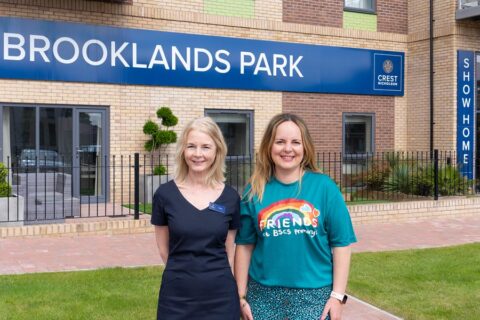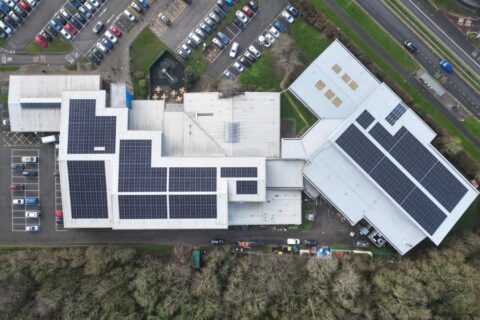
Bradley Stoke is set to lose more than 200 trees that currently line roads, footpaths and open spaces in the town as part of South Gloucestershire Council’s response to the spread of ash dieback disease.
Ash dieback (hymenoscyphus fraxineus) is a fungal disease, causing widespread decline of ash trees across the UK and Europe
The disease weakens the trees it infects, causing an increased risk of falling branches and failure to thrive. It also means they are more susceptible to other tree diseases which can weaken them further.
There is no cure and very few ash trees are showing signs of long-term resistance. Control of its spread is no longer considered viable, says the council.
Notices advising of imminent ‘tree removal’ (see above) have appeared at numerous locations across the Bradley Stoke South district ward in recent weeks, including Braydon Avenue (Bradley Stoke side), Bradley Stoke Way, Great Meadow Road and The Worthys.
In total, 201 diseased ash trees on council-owned land within Bradley Stoke South have been identified for removal in the coming months. Of these, just over 100 are located either side of the brook and footpath that run parallel to Braydon Avenue, on the border between Bradley Stoke and Little Stoke.

Note: The above image is a snapshot of an interactive map maintained by South Gloucestershire Council. See: Map showing the locations of planned ash tree removals (TreePlotter)
The tree removal work in Bradley Stoke Stoke is due to be carried out in “2023-24”, along with similar schemes in Kingswood, Central Yate, Filton and Oldland Common.
The council says that due to the nature of the disease, it is likely that some “reactive works” may be also need to carried out, the locations of which may not be shown on the above map.
Similar projects have already been carried in Dodington, Staple Hill, Thornbury North, Patchway, Bradley Stoke North and Downend.
Replacement planting
South Gloucestershire Council is promising to plant two replacement trees for every ash tree it removes, to help increase tree canopy cover as part of its response to the climate and nature emergency.
Since April 2020, the council says it has removed more than 3,000 trees and planted at least 13,000 new ones.
Where possible, the new trees are planted in the same place, after a survey is done to make sure they can grow to their full maturity without interfering with utilities, the road network or buildings.
Advice for landowners
The council is advising landowners to check if they have any ash trees on their property. The Woodland Trust provides information on how to do this. It adds:
“You are not required by law to remove ash trees affected by ash dieback unless they pose a risk to others. However as the landowner you may be held responsible if your trees fall and cause damage or injury.”
Related links
- Ash dieback disease (South Gloucestershire Council)
- Ash dieback (Forest Research)
- Arborists & Tree Surgeons serving Bradley Stoke (The Journal)



